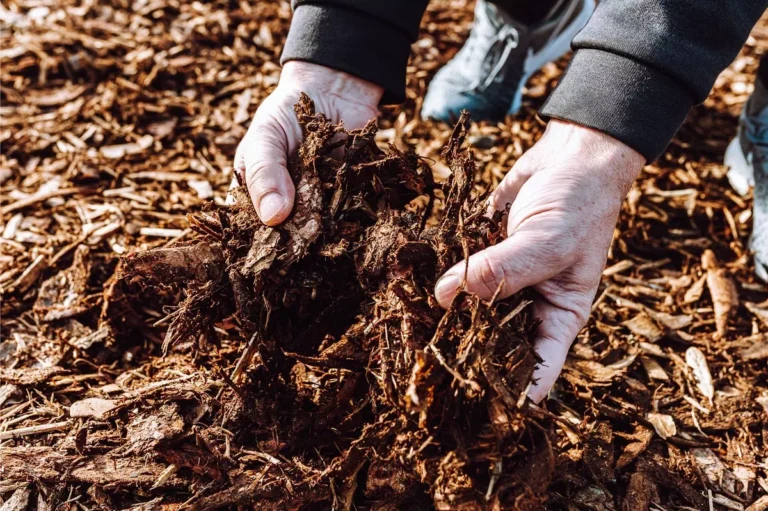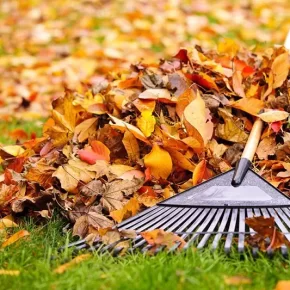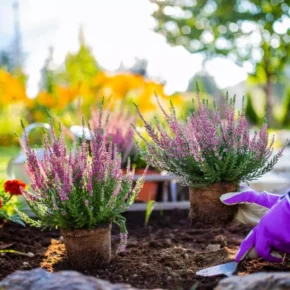Autumn is an important time for garden care, as it is the time to prepare plants for the winter period. But it is at this time that pests become active and can cause significant damage to the garden.
By following a few practical tips, you can effectively protect your plants from autumn pests and ensure a healthy start to the next season.
1. Cleaning the territory
Pests often hide in old leaves, dry branches and other plant debris. Therefore, the first step in the fight against them is to clean the garden of all organic waste.
- Collect fallen leaves and branches.
- Remove old plants that are no longer bearing fruit from the beds.
- Use leftovers for compost if they are free of pests.
2. Preventive pruning

Autumn is the ideal time for pruning fruit trees and shrubs. Pruning not only improves plant growth, but also allows you to get rid of places where pests can settle.
- Remove dry or damaged branches.
- Prune overgrown areas of trees to improve air circulation.
- After pruning, burn the cut branches if pests are suspected.
3. Soil mulching

Mulching helps protect plant roots from frost and maintains moisture in the soil, but you should be careful. Pests can use mulch as a place to hibernate.
- Use organic mulch such as bark or straw.
- The thickness of the mulch layer should be no more than 5 cm, so as not to create ideal conditions for insects.
4. Treatment of trees from pests
In autumn, it is worth paying attention to the treatment of fruit trees and shrubs with special means for protection against pests.
- Use insecticides or fungicides recommended for fall spraying.
- Treat trees after leaf fall to ensure better penetration of the drug into the bark.
- Don’t forget to protect yourself from diseases, such as fungal infections, which can occur in autumn’s wet weather.
5. Fighting rodents

In the fall, not only insects become active, but also rodents, which can damage trees and plant roots.
- Use special nets or fences to protect the trunks of young trees from rabbits and mice.
- Place mouse traps or other rodent control in places where they are likely to live.
- Check traps and fences regularly to ensure they are working.
6. Natural methods of protection
If you prefer environmentally friendly methods of pest control, there are many natural solutions to protect your garden.
- Use infusions of garlic, pepper or tansy to spray plants. They have natural insecticidal properties.
- Place birdhouses in the garden, as birds are natural enemies of many insect pests.
- Use composting to improve soil structure and increase resistance to disease and pests.
7. Manual collection of pests
In some cases, the most effective method is mechanical removal of pests.
- Regularly inspect the plants for the presence of insects or their larvae.
- Manually collect pests such as slugs, caterpillars or beetles and destroy them.
8. Planting accompanying plants
Some plants have the ability to repel pests. Using such plants next to the main crops will help reduce the risk of damage by pests.
- Plant marigolds, garlic, dill or basil between fruit trees and beds.
- Plants such as tansy or lavender will also help repel insects.
Autumn garden care and pest control require some effort, but the right approach will help keep your plants healthy and ensure they have a successful winter. Clearing the area, pruning, treating trees and using natural protection methods will help you minimize the risks of pests and prepare the garden for the next season.















